As a lifelong wildlife enthusiast passionate about animals, I’ve always been drawn to the countryside. I love living on a farm, being immersed in the folds of a rural setting where things look different every single day. I get to see rich fauna, like the kingfisher darting along the river, flocks of finches in the hedgerows, or kestrels hovering for dinner.
I get to see the good and bad of farming, an example of the latter being when I watched a field being ploughed, only to discover that the soil had no worms. The local gulls that follow ploughs, came to the same assessment and quickly flew off. Then came the chemicals spraying weeds away and insects too, that would otherwise feed hungry wildlife with their seeds and larvae.
It reminded me that there are two sides to factory farming.
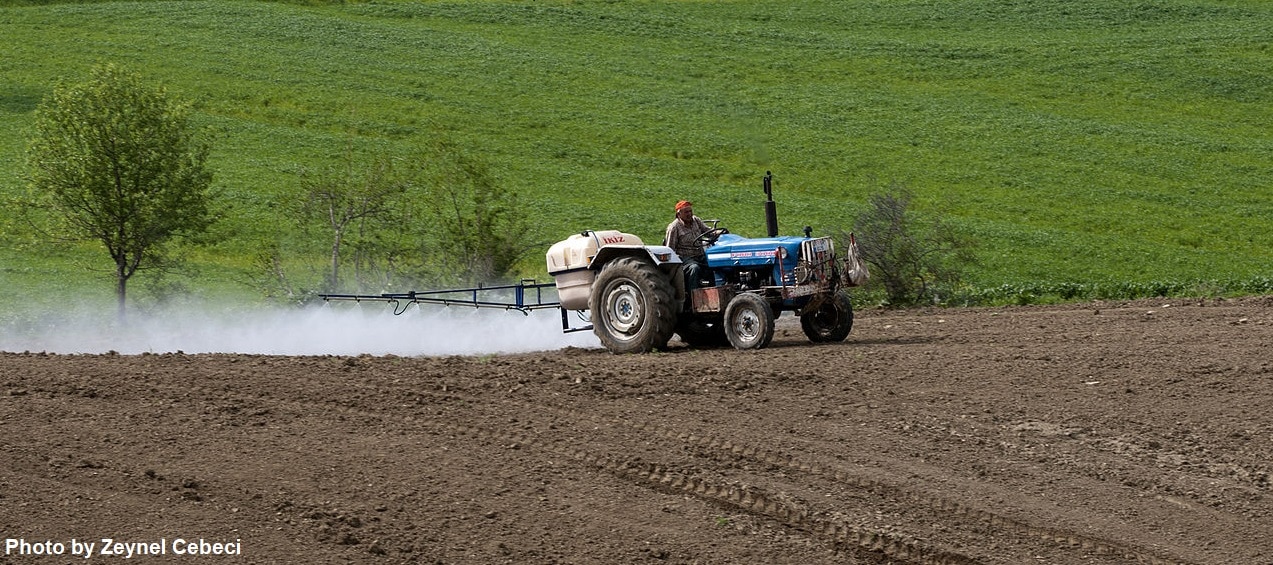
Fertilisers disrupt the natural relationship between microorganisms and plant roots, damaging the long-term health of both the plant and the soil.
The first concerns the vast numbers of farm animals that are caged or crowded. Chickens that cannot flap their wings. Mother pigs crated so they can’t turn around for weeks at a time. Cattle taken out of fields and fed grain instead of grass.
All of which may look like a space-saving idea but actually isn’t, because vast acreages of precious arable land elsewhere have to be devoted to growing their feed – factory farming’s second side. In fields like the wormless one. Crop monocultures in artificial fertilisers, doused in chemical pesticides, that are turning the countryside into a green desert. No wonder the United Nations warns: “carry on like this, and soils worldwide could be useless within just sixty years.”
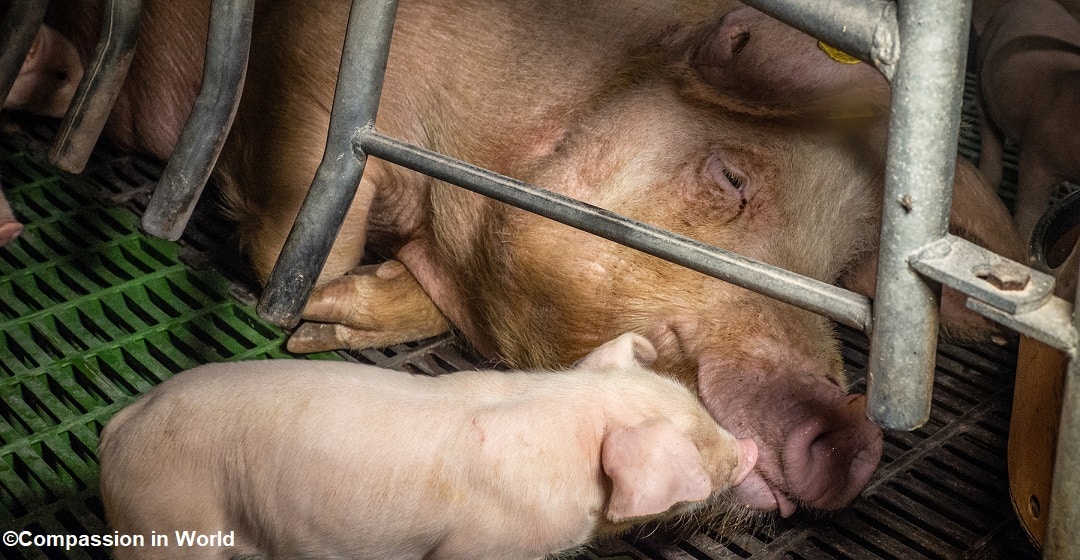
A sow in an intensive farm, forced to live in a cruel farrowing crate with its little piglet, without space to even turn around.
Regenerating the countryside
Watching the ploughing of a wormless field led me on a quest to meet those who are doing things differently – farming in harmony with nature. It has been one of my greatest pleasures in life to meet the people that are going back to farming animals and plants in mixed, rotational, free-range settings. These nature-friendly agricultural practises not only provide high standards of animal welfare but also bring soil health and biodiversity flooding back.
Regenerative farming is the term that is being coined to the techniques that are bringing a rebirth to the countryside, paying back into nature’s bank account, thereby saving what’s needed for a sustainable future for our children.
It was such a pleasure to meet John and Charles Shropshire of Wissington Farm on the Fens near Cambridge, where grazing animals are now enriching the soil where they grow celery, radishes, beetroot and lettuce. Reintroducing free-roaming animals is a big part of the Shropshire’s plans to preserve their soils for future generations.
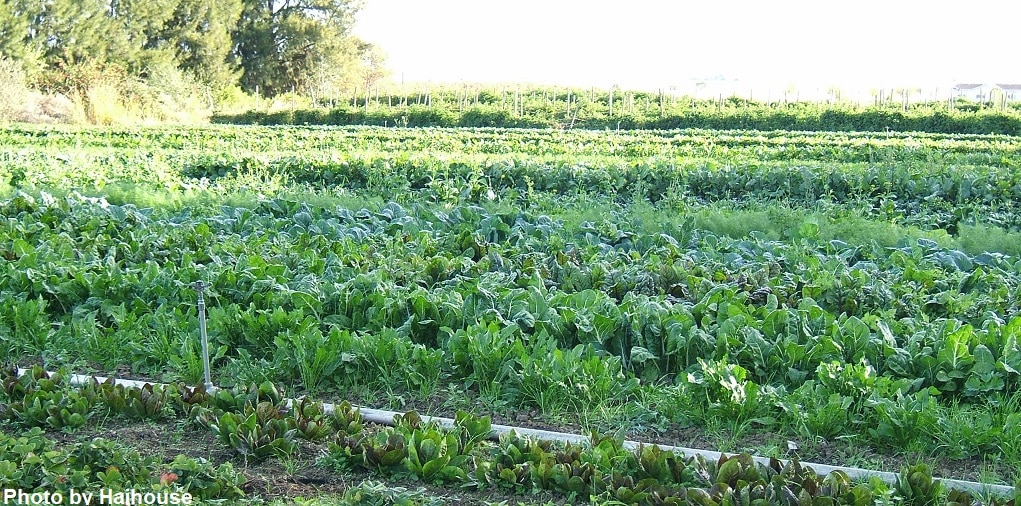
Organic agriculture generally creates less soil and water pollution, lowers greenhouse gas emissions and is more energy efficient.
Like a pig in clover
Similarly, in Wiltshire, I spent time with farmers who raise a hundred pigs on grasses, clovers, herbs and wildflowers. Unlike with industrial intensive production, where pigs are fed grain, those at Horton House farm get most of their nutrition from pasture. I learned how the pigs root up any thistles before settling into any new pasture. When the grass stops growing, they are moved to winter quarters with the cows. The piglets playfully bury themselves in the straw beside the cows and even eat cowpats!
In the US, I’ve had the enormous pleasure of meeting regenerative farmers like Will Harris from Bluffton, Georgia. His cattle and sheep are constantly on the move across his 2,500 acres of permanent pasture and woodland. They are followed by herds of pigs, then flocks of chickens, all of which bring back worms and countless healthy microbes to the soil.
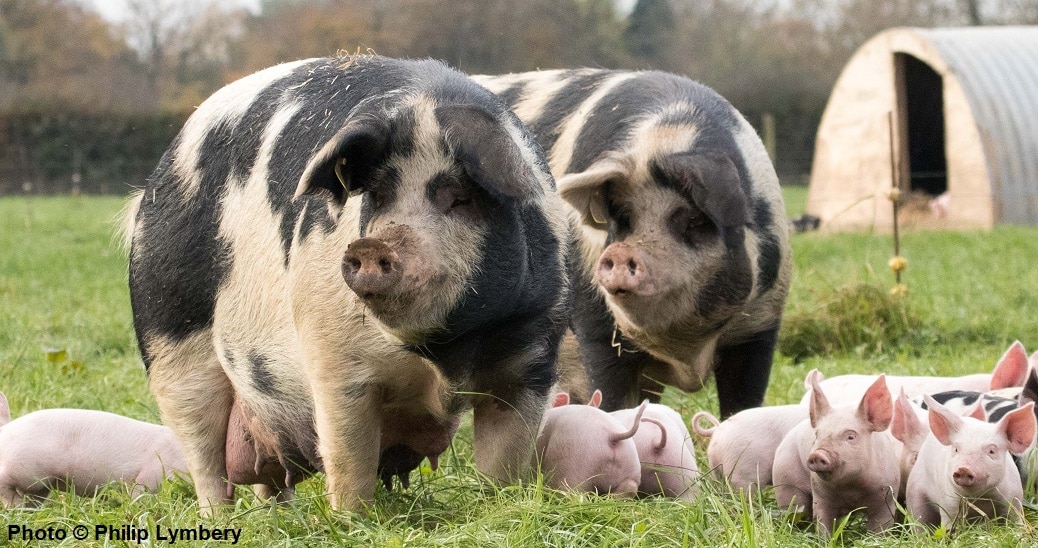
Free-range and organic livestock benefit people and the environment. They have a better quality of life and the restrictions on the use of antibiotics and hormones make their meat, eggs and milk healthier for those who consume it.
Nature-friendly
It’s been a journey that has underscored for me the absolute importance of keeping farmed animals as nature intended: roaming free.
And it’s healthier too. Pasture-raised beef or free-range chicken can have half the saturated fat and more health-giving nutrients. We all have the power to support nature-friendly farmers who are committed to animal welfare, nature and sustainability. By choosing pasture-fed, free-range, organic and regenerative meat, milk and eggs, we really can create a better, more compassionate future for animals, people and the planet.
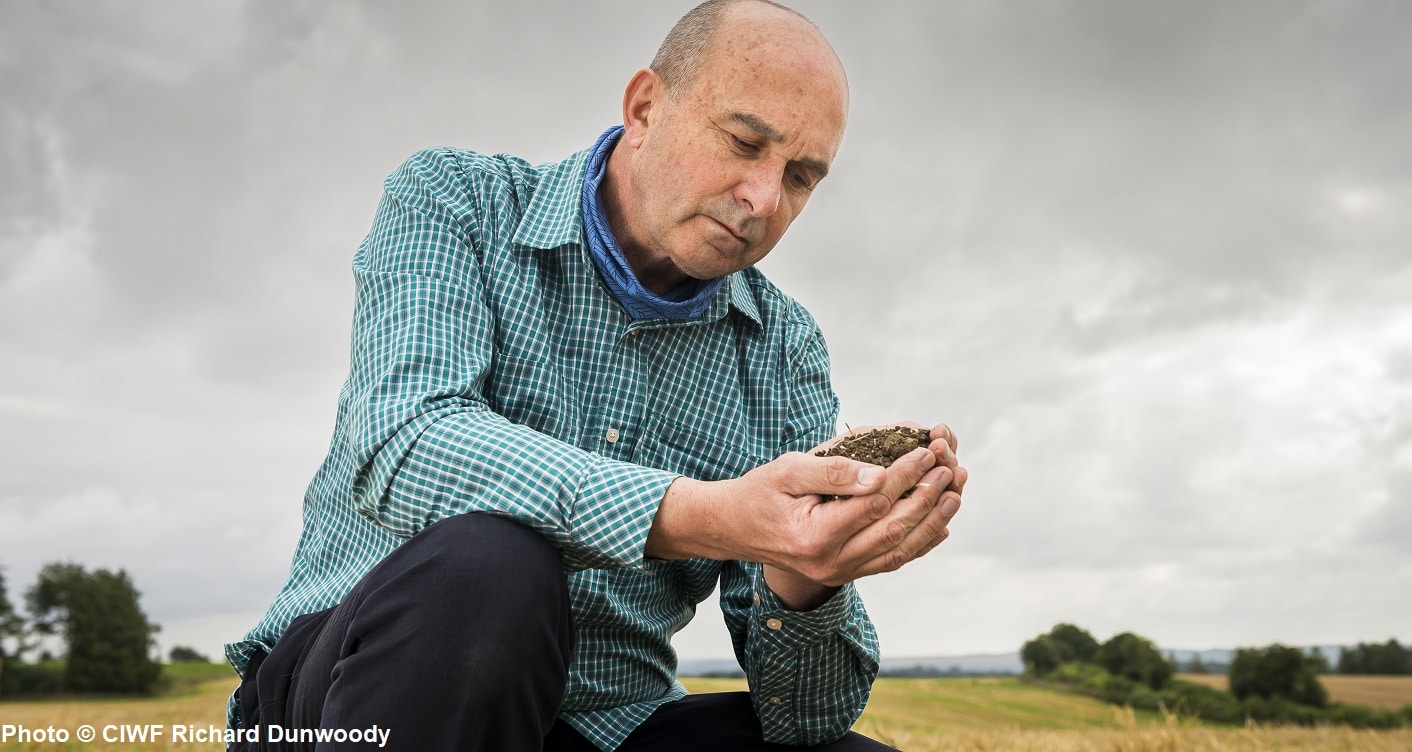
Philip Lymbery is Global CEO of Compassion in Farming International, a former United Nations Food Systems Champion and award-winning author of Farmageddon: The True Cost of Cheap Meat and Dead Zone: Where the Wild Things Were. Philip’s third book in the trilogy, Sixty Harvests Left: How to Reach a Nature-Friendly Future, was published last year and is available to purchase HERE and HERE.
Words: Philip Lymber
Twitter: @philip_ciwf
Opening picture © Philip Lymber







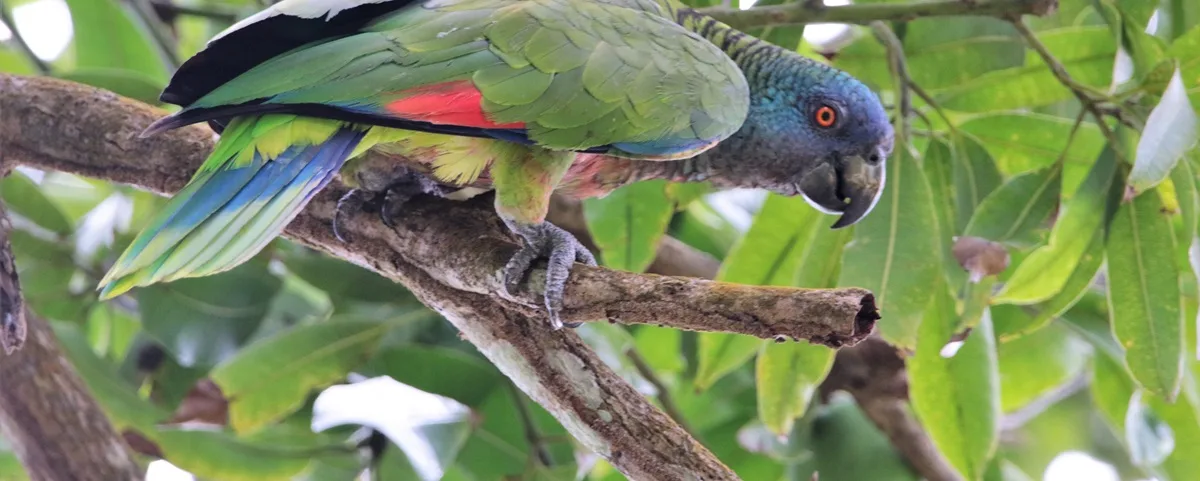






Show Comments +